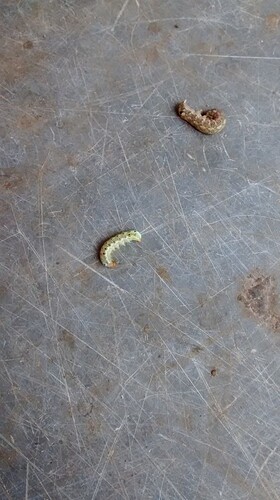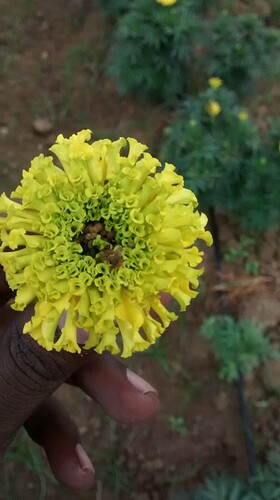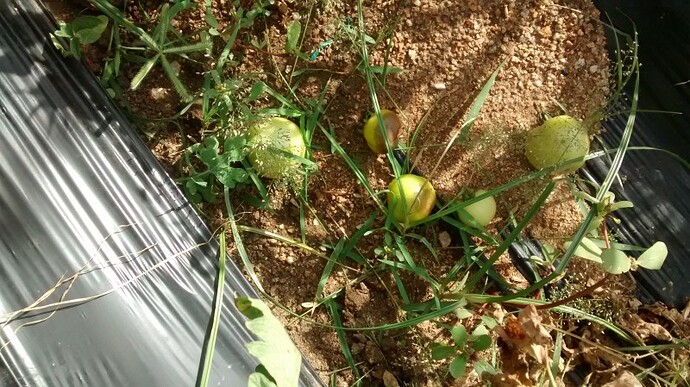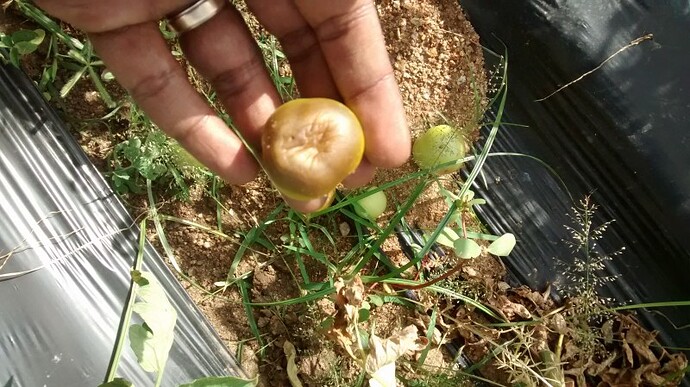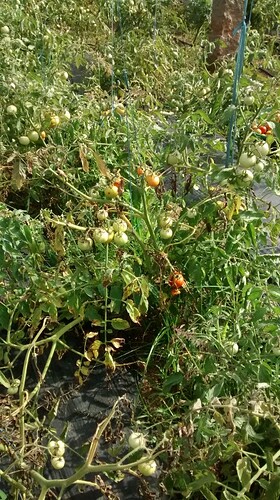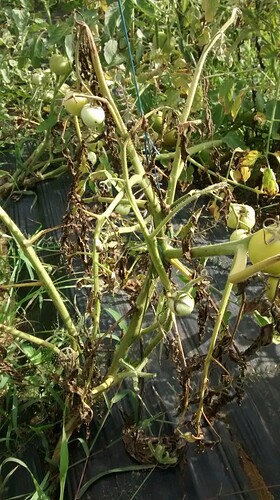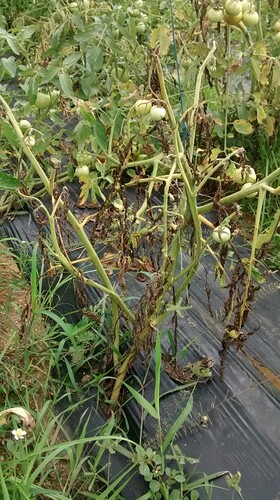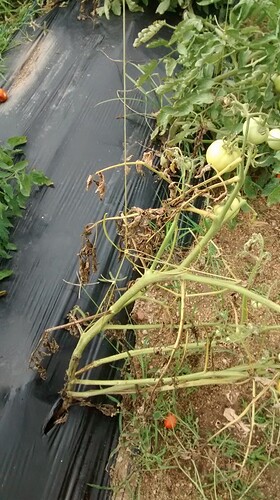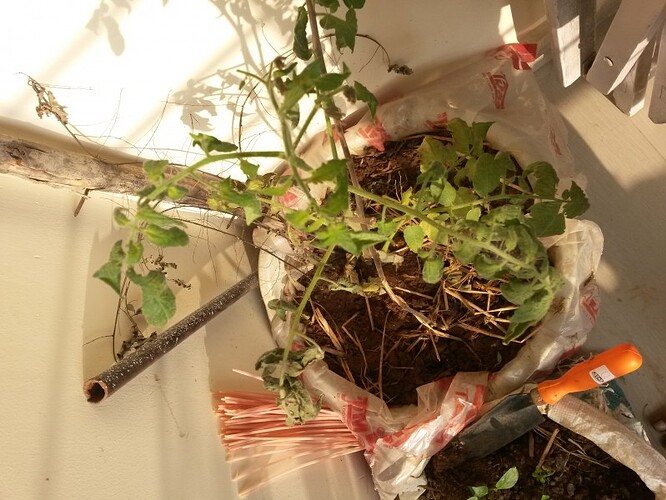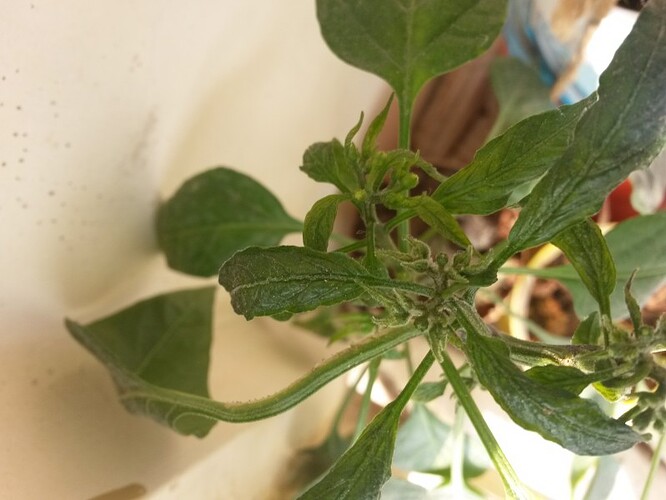Namaskar Sri Ramu,
It was good to read about your specific recommendations re: precision farming of brinjal.
Here are some thoughts I had upon reading your prescriptions:
- Cocopeat :
this is a sometimes-problematical growing/potting medium. We have studied the role fo growing media rather thoroughly as part of the NASA-CELSS [ Controlled Environment Life Support Systems] project for high yield, high productivity [ yield and productivity not the same!!].
in India, Kamaraj Univ. Madurai, seems to have done useful research regard salt content and particle size properties. Cocopeat in India is sold unsorted with particle sizes 150 micrometers to above 1100 microns. Cocopeat is dumped a s a waste product of the coir industry and there is no fruther attention paid to sodium content, total salt content, and particle size. Have you gone through the literature published in India and elsewhere?
It would be useful if each batch of cocopeat was graded according to particle size and salt content.
Failing that, there could be a role for Horticultural grade, washed, vermiculite and perlite, available from AP, as admixtures to pure cocopeat growing medium. Well-aged compost of rice/ wheat straw, mixed with vermiculite, perlite, medium-coarse size, and some cocopeat of 800-950 microns would be something to try and compare with the cocopeat growing mix suggested here.
I have personally researched the role of growth promoting Pseudomonas, with Prof. Ann Anderson at Utah State University. We have found consistently enhanced growth rates in the greenhouse in both artificial media and field soil. HOWEVER, when field experiments are conducted, the vastly more complex natural environment causes a negation or attenuation of these growth promoting bacteria. In India, we also do not have convincing studies of Pseud. with respect to other soil micro-organisms, including fungi, B. subtilis and other soil fauna.
The rhizosphere ecology of brinjal remains wholly uncharacterized in India, and the quantum and type of root exudates remain unresearched. We know, for example, that pathogen challenge, e.g Pseud. on tomato leaves induces specific types of root exudates that attract specific strains of B. subtilis to the roots where they evoke a Systemic Acquired Resistance reaction on the tomato plant. Why this complicated indirect response to foliar pathogen challenge? We do not know, and in India, it would be helpful to understand the entire system in greater detail than we now choose to.
Eggplant cultivar and rootstock choice:
I am concerned that, as with tomato, we are being misled by fresh weight increases. True, the farmer gets paid only on the basis of fresh weight, not Dry Mass and nutrient content. That said, we are seeing reaction against the bland, watery produce, such as tomatoes. Nati tomatoes sell for a premium.
Indian eggplant has some of the highest DM of all varieties known: some in the Arka series have ~9-10% DM and 27-34% Sucrose within the DM. Please consult the AVRDC Annual Reports for 1997 & 98 for details. We should try and re-import the Indian and other high DM stock held by the AVRDC and continue to improve our own cvs.
It is a common and hugely damaging myth that only F-1 hybrids can generate high yields. This is part of the wicked misinformation that is being fed to the Indian cultivator and extension officials. I am happy to enter into a detailed description of this aspect. Also, I do not find the blanket use of auxin sprays, and growth regulators [GA antagonists] very sound. What is the use of promoting biological fertilizers while being unaware of the complexities of growth regulator usage?
We also need to experiment with hogher-yield strains of parthenocarpic eggplant, tomato and cucurbits to see what results we get under various field conditions in various parts of India.
What varieties ar popular where in India and how to further improve farmer knowledge of such issues is important. Example: The SURATI RAVAIYA class of eggplant have wide recognition and acceptance in Gujarat, the MUKTAKESHI and MAKRA types in Bengal, and the Greenish-white splotched MAKRA type in the Karnataka region around Udupi. ARKA series and the Pusa series have meritorious Open Pollinated cvs. that deserve greater re-selection and improvement.
There are many other ways we can improve nursery practice, from the types of seedling trays to the prescriptions of shade cloth. We are better off understanding the exact levels of PPFD, spectral quality and heat load on the seedlings under various circumstances, rather than rest easy with blanket prescription.
Since some or even many of our field officers are capable individuals, we need to promote ongoing enhancement of their scientific knowledge with refresher courses, and also allow them to profit from part of their extension efforts. The EMBRAPA model of Brazil, modified according to Indian conditions, is a useful way to modernize Indian agricultural production.
We need to focus more carfefully on the light and temperature environment of the seedling nursery, and also the water quality when recommending drip irrigation. IN the absence of flushing, all too common in drip-irrigated farms, we are due for a salinization wake-up call.
I am very interested in adding value to the labor of Indian farmers, especially the small and marginal cultivator who will the ones benefiting most from any enhancement of technical + managerial skills.
Namaskar.
